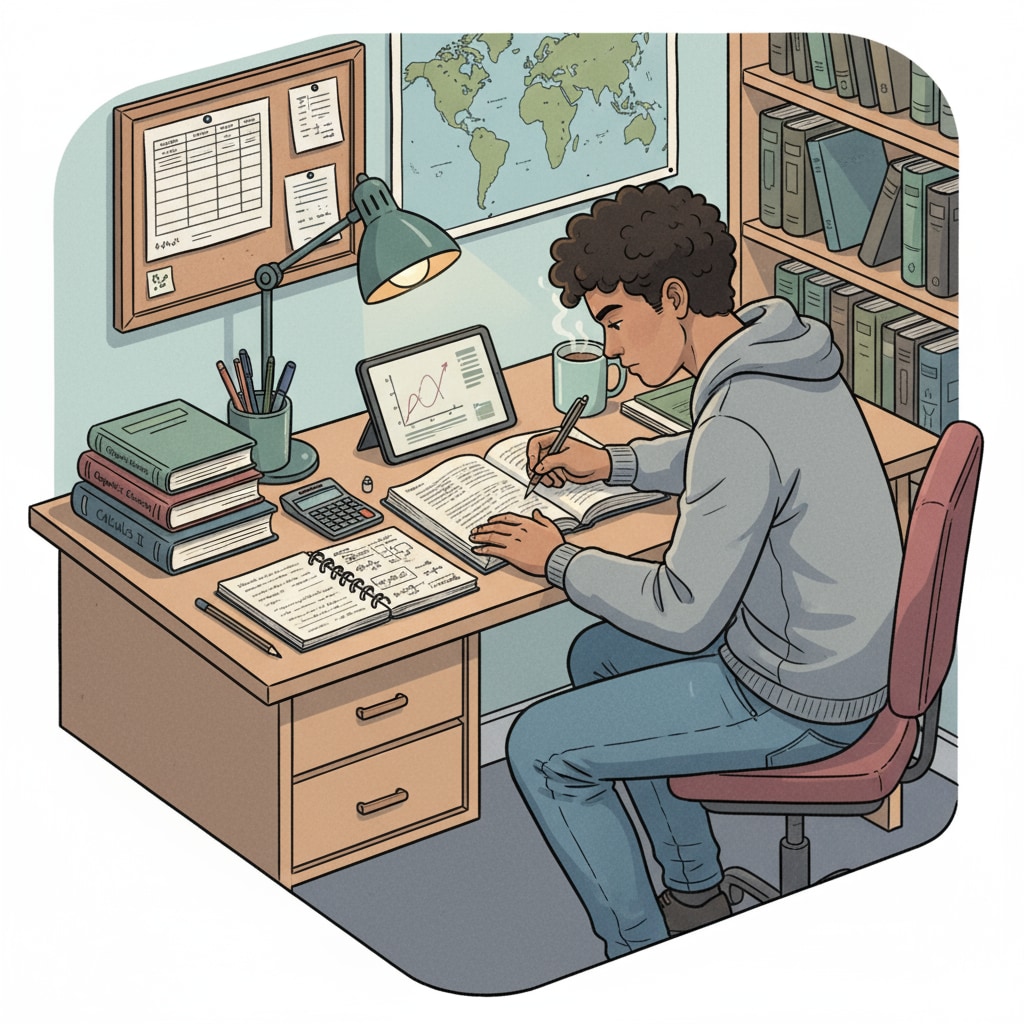Lectures, attention, and time management play crucial roles in the academic journey of K12 students. Finding the right balance between classroom learning and self-study is essential for maximizing learning efficiency. In the world of K12 education, students are constantly juggling multiple tasks, and understanding how to make the most of lectures while maintaining focus and managing time effectively is a skill that can set them up for success.

The Value of Structured Lectures
Structured lectures in the K12 setting offer numerous benefits. They provide a framework for learning, presenting information in an organized manner. Teachers, as experienced educators, can distill complex concepts into digestible chunks. For example, in a science lecture, the teacher might use visual aids and real-life examples to explain scientific principles. According to Education.com, classroom learning through lectures helps students build a foundation of knowledge in a systematic way. It also allows for immediate clarification of doubts, as students can ask questions on the spot.
Personal Learning Styles and Attention
Each K12 student has a unique learning style, and this impacts their attention during lectures. Some students are visual learners and may benefit from colorful presentations, while others are auditory learners who prefer listening to detailed explanations. Understanding one’s learning style can help in maintaining attention. For instance, if a student knows they are a kinesthetic learner, they can find ways to engage physically during the lecture, like taking short notes or using hand gestures to reinforce understanding. As stated by Verywell Mind, identifying and adapting to one’s learning style can significantly improve attention and comprehension.

Time Management for Optimal Learning
Time management is a key factor in balancing classroom and self-study. K12 students need to allocate sufficient time for both. They should create a schedule that includes dedicated time for attending lectures, reviewing lecture materials, and engaging in self-study. For example, setting aside an hour after school to go over what was learned in class and then another hour for independent study can make a big difference. By managing time effectively, students can ensure they don’t fall behind and can fully absorb the knowledge from lectures and self-study sessions.
Readability guidance: The key points are presented in short paragraphs and lists for easy comprehension. Each section under the H2 headings provides practical advice. The use of passive语态 is minimized, and transition words like ‘for example’ and ‘while’ are used to enhance the flow of the article.


